23 March 2018
Design Inspiration For Homeless Housing Solutions.
On any given night in Australia 1 in 200 people are left homeless – a hard number to swallow, however, infinitely harder is the position these people are dealing with. In a country so rich with opportunity and freedom, these statistics really make you stop and think – how can I make a difference?
In the US, Norwegian architect Andreas Tjeldflaat, had a similar epiphany whilst riding the subway. He saw a call to action which inspired an innovative design solution aimed at providing affordable housing for the homeless.
Fast Company
featured Tjeldflaats story on their website this week. Our team was instantly drawn to the creativity and innovation explored in this project and wanted to share it with all of you.
These Tiny Houses For The Homeless Perch On Building Walls.
Words by Adele Peters.
Images by Framlab.

The exposed sides of buildings could become home to apartment complexes of small units, to give people small spaces of their own instead of sharing space at a shelter.
On a subway ride home from his New York City office, Norwegian architect Andreas Tjeldflaat happened to sit next to a homeless man, and the conversation turned to the man’s time in city shelters and why he chose to live on the streets instead. It “made me realize how these spaces often struggle to offer comfort, safety, cleanliness, and privacy,” says Tjeldflaat, founder of the New York and Oslo-based innovation studio Framlab.
On a given night, more than 63,000 New Yorkers stay in homeless shelters, in conditions that are often dangerous and dirty–sometimes with rats crawling on beds when the lights go out. Thousands more people live on city streets. The city is investing in new shelters, but like new affordable housing, it’s costly to build and land is difficult to find.
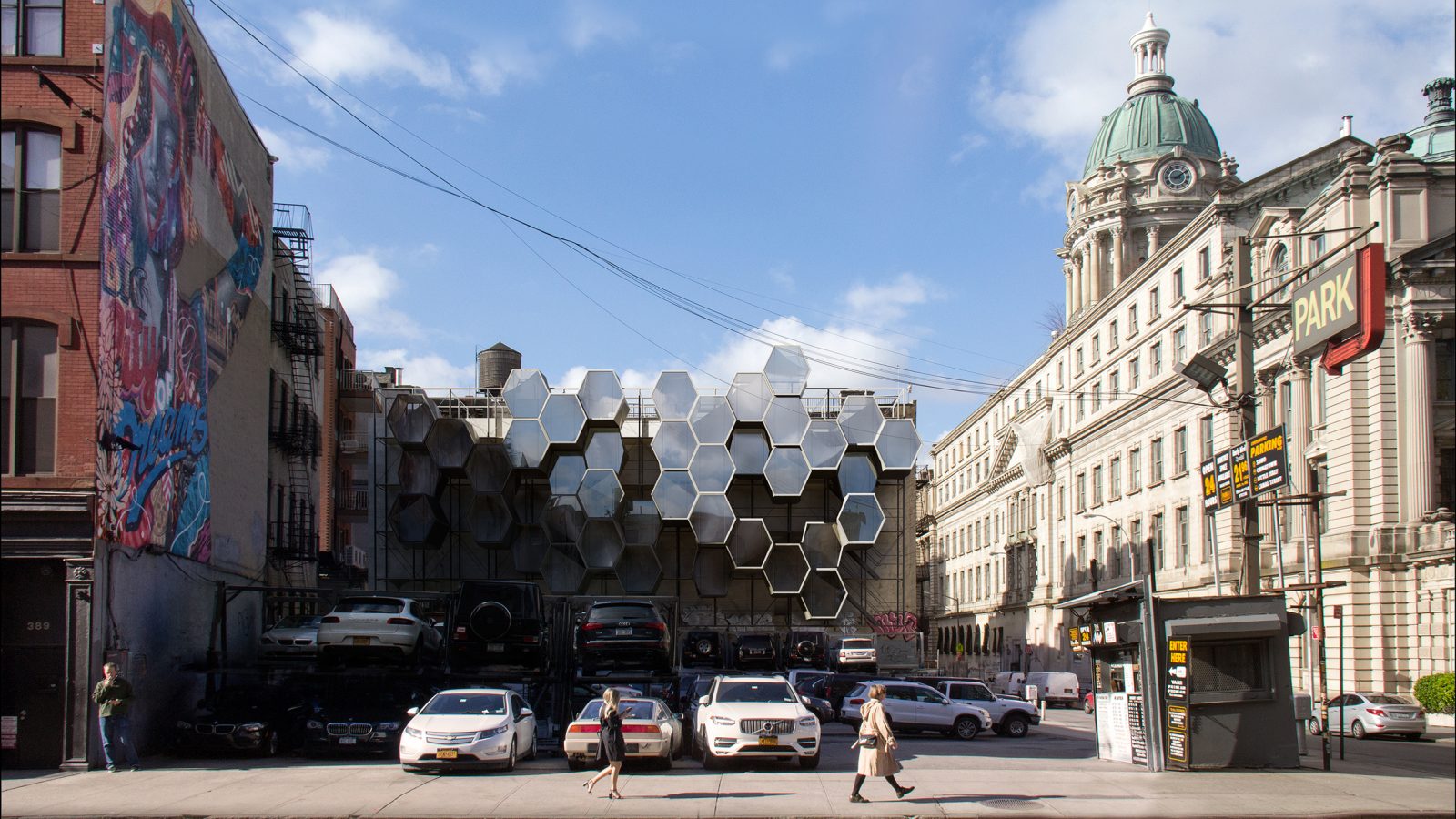
Tjeldflaat started thinking about a different approach. “The idea of using vertical space struck me as I was walking through lower Manhattan one afternoon, pondering how the . . . idle vertical land around me might be utilized,” he says. “Knowing how land is one of the main drivers of cost when building in New York City today, I thought it would be interesting to challenge what ‘land’ might be.”
In a design exploration called Homed, he proposes using exposed building walls to create new temporary shelter space that is safe and clean. A frame of scaffolding would hold tiny, hexagon-shaped housing modules that make up “suspended micro-neighborhoods of shelters.” Each module, made with a prefab aluminum shell and an interior 3D-printed out of recycled plastic, is designed to be just large enough for a small bed, chair, and storage. Insulation and a ventilation system would keep it comfortable. Residents would enter through a staircase built into the scaffolding.
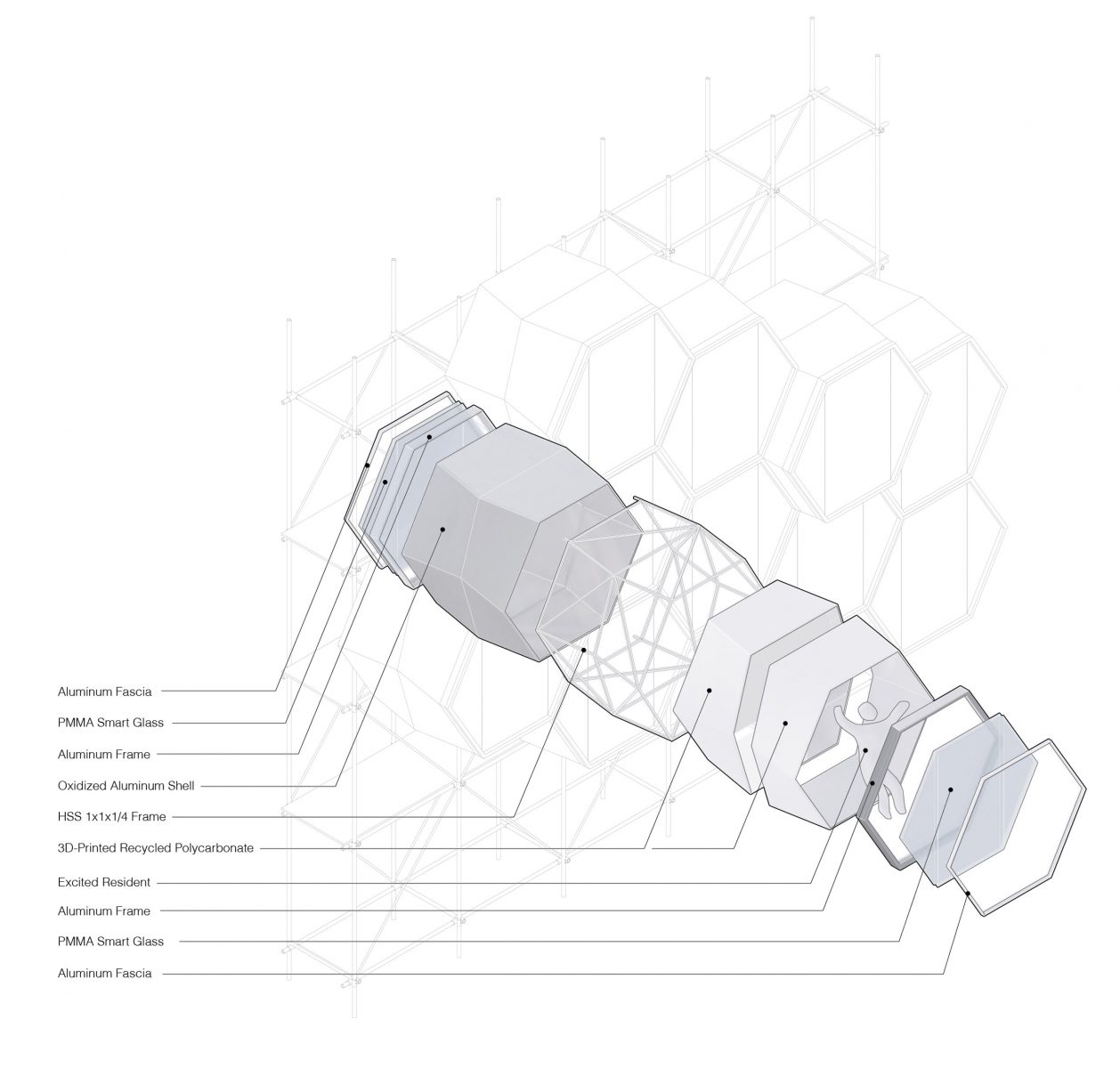
In a sense, it’s a modern version of SRO (“single room occupancy”) housing, consisting of one-room units with shared bathrooms, which once housed many of the lowest-income residents in New York and many other cities. In 1955, New York City housing code changed, and it was no longer possible to construct new SRO units. By the 1970s, few were left. Around 175,000 SRO units have disappeared, almost as many units as in the city’s public housing system. Across the country, nearly 1 million SRO units have disappeared.
The need for low-cost housing–and emergency shelters–continues to increase. Between 2000 and 2014, rents rose nearly 20% in New York. At the same time, the average household income decreased. Over 20 years, from 1991 to 2011, the city lost 100,000 rent-regulated apartments. Increasingly, many people staying in local shelters have jobs (or more than one job), but when they earn minimum wage, it’s not enough to afford rent.
Like others, Tjeldflaat recognizes that what the city most needs is more affordable housing. But until that exists, safe shelter is also critical. “Homed is a stop-gap solution to alleviate the situation,” he says. “Then again, the traditional shelter offering is very much a stop-gap solution, as well–and one that comes with a set of challenges. As large groups of people often must share spaces, privacy can be a rare commodity, and many struggle to maintain their dignity because of it. [This] project’s most significant departure from the current offerings is the fact that these are individual spaces.”
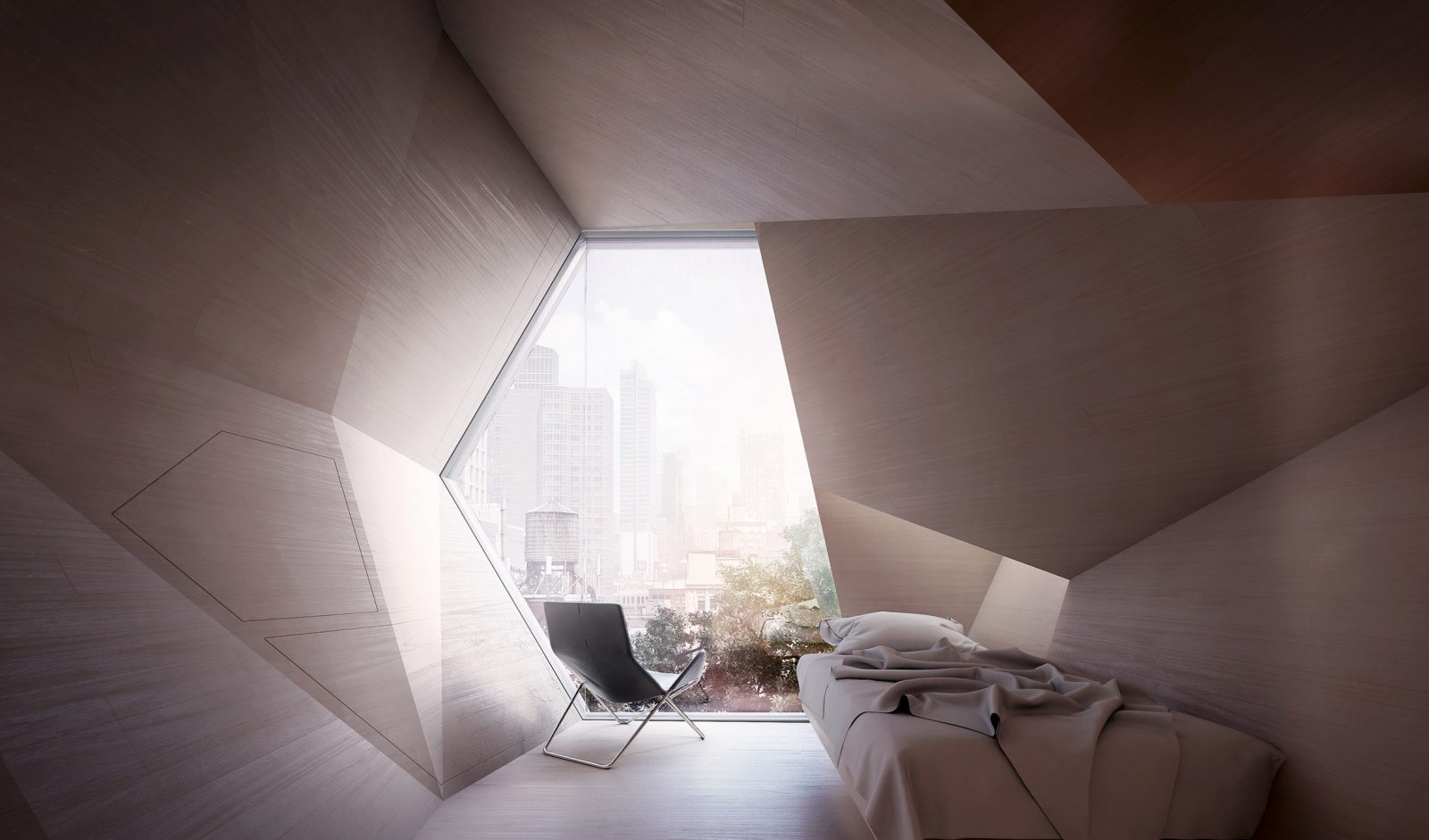
When someone enters or leaves a pod, they can lock the door. Because each module can be produced quickly, the person living inside could conceivably customize the 3D-printed design according to their own taste. The wall of glass provides light and a view, but because the design uses smart glass with a layer of thin film diodes, it can transform to provide privacy. It could also display artwork to people outside–potentially made by the person living in the unit–or be sold as billboard space, helping provide funding that could contribute to running the community of micro-shelters and providing assistance from social workers who can help residents find jobs and permanent homes.
Because the concept is in the early stages, Tjeldflaat doesn’t yet know how much the units will cost. But it would be significantly more affordable than any traditional shelter built on pricey New York land. He estimates that each unit may potentially cost between $10,000 and $15,000. A new shelter that opened in the Bronx in February, by contrast, cost $62.8 million to build and will have 200 beds (along with 135 low-income apartments)–more than 30 times more construction expense per shelter bed.
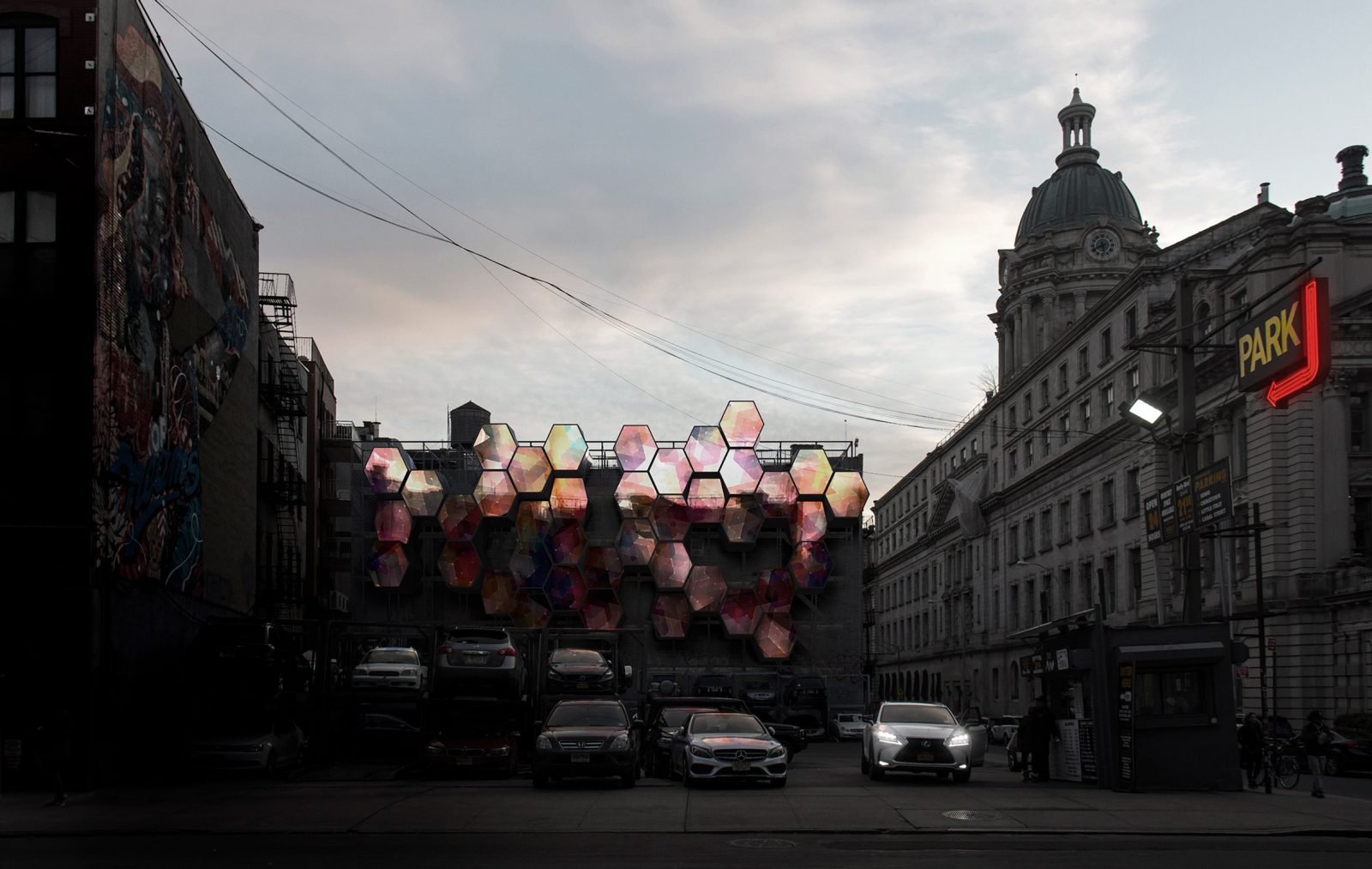
“This is a much more efficient and effective way to multiply efforts to assist people experiencing homelessness than the current $480,000-per-unit slowly, and painfully, and expensively being rolled out for permanent supportive housing units,” says Andrew Bales, CEO of Union Rescue Mission in Los Angeles, a city and county where homelessness has grown 75% in six years, despite the current mayor’s focus on the problem. “At the current pace, without using innovation and 3D printing as Homed and others are building a case for, we just will not get there as far as addressing homelessness, let alone ending it.” (Bales is also interested in another 3D-printed design that can produce a small house for as little as $4,000 when land is available.)
Bales notes that the design does have challenges–right now, the architect envisions that residents would use local, communal cooking and dining spaces and bathrooms. “If the design could be altered to provide a bathroom and even a mini kitchen in each unit, though it might lift the price a bit, it will significantly lift the affirmation of dignity,” he says. “Most people experiencing homelessness have some income and would gladly participate in their own recovery by paying some rent or program fees to help bring more amenities to their unit.” Tjeldflaat says that it might be possible to incorporate a simple bathroom–perhaps with a system that recycles water, and a waterless toilet similar to those used in airplanes–that wouldn’t require a plumbing system. A variation on the design could also potentially be larger to accommodate couples or families.


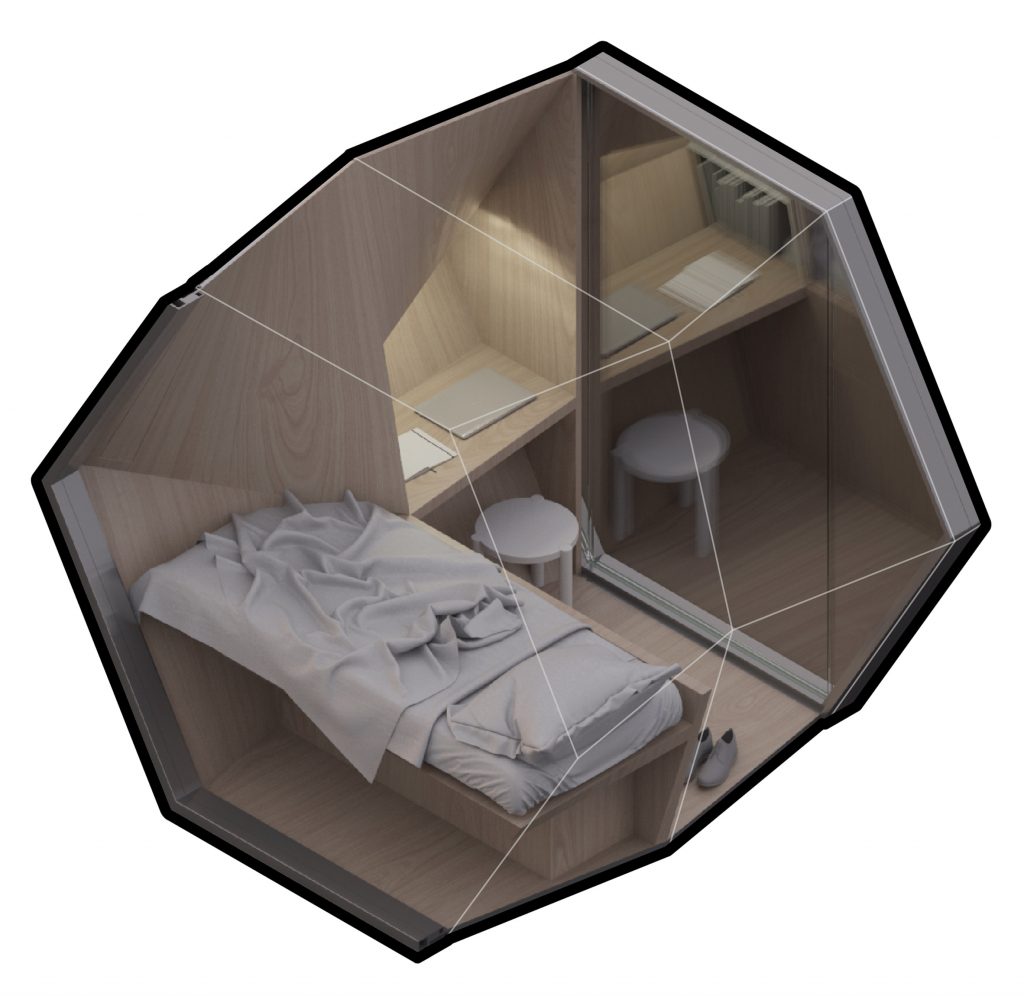

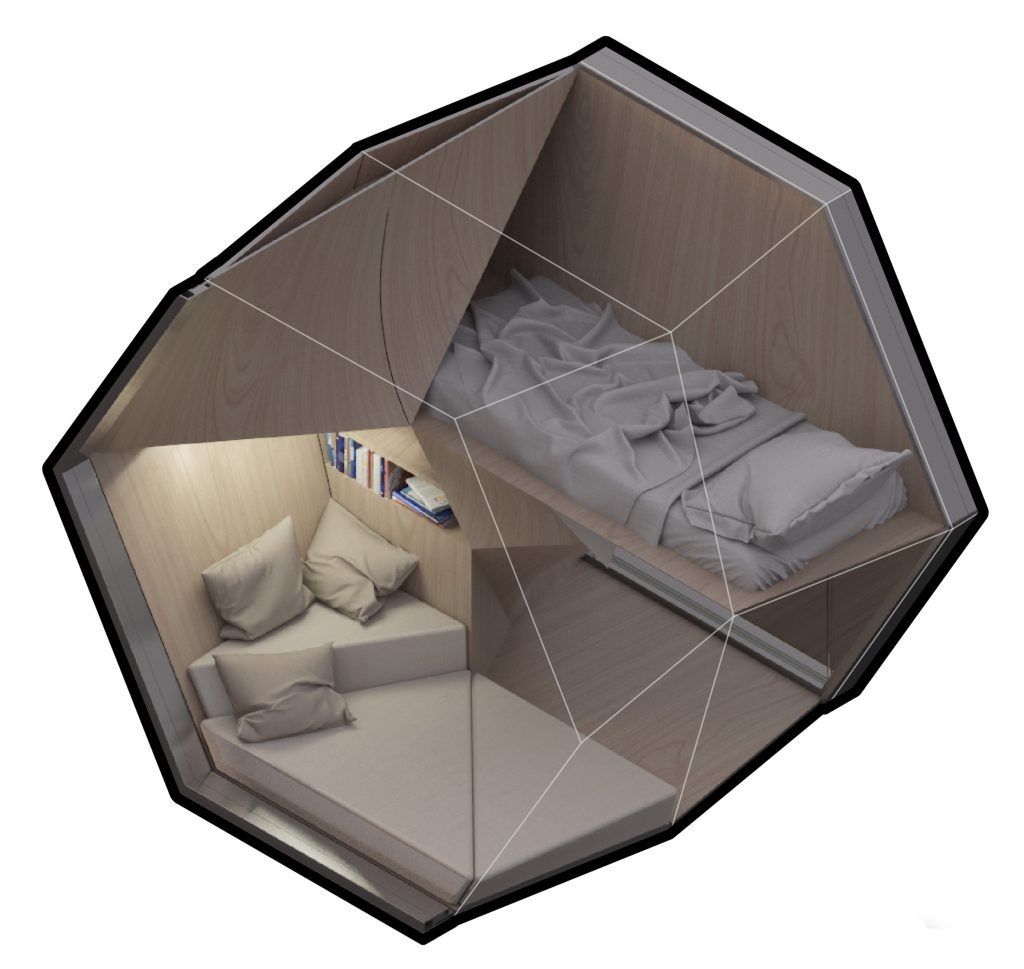
Tjeldflaat is now in talks with potential partners and funders in New York City and elsewhere to take the project beyond a conceptual design. The flexibility of the design, which can be constructed with scaffolding along any vacant wall and taken down as easily, means that it could also be used throughout the city. “Rather than expecting homeless people to move to another borough or across town for shelter, this allows people to stay connected to their local community and leverage natural support networks, such as family, neighbors, schools, teachers, etc.,” says Tjeldflaat.

Click here to read the original article.